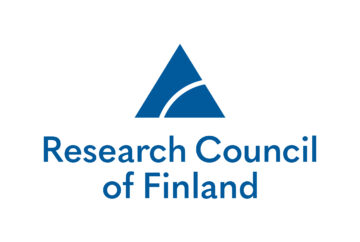Winter and people during the Industrial Transformation of Finland
The project explores the industrial transformation of winter in four parts. The different themes reflect the progression of conquering and exploiting winter as successive, interconnected pulses through globalisation to rural and urban and back again. The main focus is on the change in socioeconomic rhythms with industrialisation and the relationship of this change to winter and its experience.
Globalisation of the North
The Baltic Sea is the only European sea that can freeze over completely. For Finland, normal winters have long meant the closure of all its 30 ports and six months of isolation from the rest of the world. This part of the project examines breaking of this annual sea ice blockade, which began as an idea in the mid-19th century but took more than a century to achieve. The project analyses the ideological, technological and economic developments in winter shipping and their crucial impact for the port communities, providing a new holistic perspective on the development of winter shipping. With the long opening up of winter maritime transport, a land previously divided into winter and summer societies gradually began to open up to year-round activity, allowing changes in the rhythm of both rural and urban life.
Modernising the countryside
Finland is the northernmost country in the world to have lived from agriculture. Still in the early 1900s, over 80% of the country’s population were employed on agriculture. The new institutions and flows of goods of a modernising society brought the rhythm of a year-round industrial society to the countryside. This change was brought most importantly by the growth of a year-round dairy farming oriented towards international markets and the growing forest industry. Maintaining milk production through the winter provided income and integrated rural producers into industrial production chains, but it was a new challenge for both the animals and the women who tended them. Forest industry created industrial islands in the interior, which gradually changed the rhythm of life throughout the country. At the same time, the problem of winter unemployment was particularly acute among landless farm workers whose share had rapidly increased of the total number of rural population. This part of the project examines how the gradual rise of winter animal husbandry and industrial forestry changed the meaning and experience of winter in rural life, how winter was exploited and how industrialisation exposed people and animals to winter, either through new forms of winter work or winter unemployment.
Cooling and warming cities
Keeping warm has always been one the essential features of living with winter which has inspired technical development of domestic heating since the late eighteenth century. In Finland it was the rapid urbanization after the Second World War that brought fundamental changes in the ways of keeping warm and living with the winter. The opening of ports and improved transport links enabled cities to be the first to switch from wood to imported fossil fuels. Cities were gradually able to maintain a steady supply of cold, warm and hot urban spaces. Modern urban temperature dominance created the ideal of a seasonless ‘indoor human’ in cities, almost isolated from weather fluctuations. However, this energy transition varied widely between different social classes, economic cycles and political eras. This part of the project approaches the experience of cold as part of a socioeconomic class issue by examining the changing practices of urban life with the coming of winter with all its challenges.
The past and future of winter in theory and practice
The last part consists of empirical and theoretical study of the modernization of the concept of winter. This change in the concept of winter is studied empirically by examining the public debate in the Finnish press as modern theories about seasons, ice age and climatic change became part of Finnish public discourse from the end of the late 19th century onwards. Additionally, it will be studied how various concepts and meanings of weather, seasons and climate were used in public debate over time. In order to understand climate relations in the North it is also necessary to find out what winter and its different phases, including transitions between seasons, signified for various groups of people. Thus, the last WP, to which all participants contribute, ties up the results from other packages and examines fundamental epistemological and ontological questions that are at the heart of the contemporary concerns about disastrous climate change.
Picture: Ice breaker Murtaja at work/ Finnish Aviation Museum

